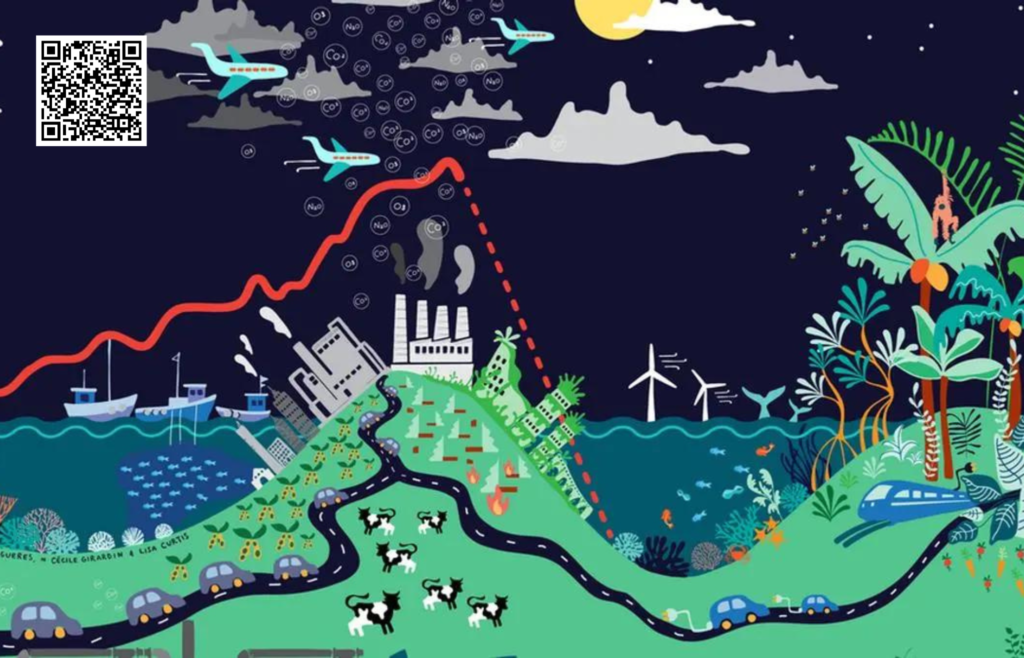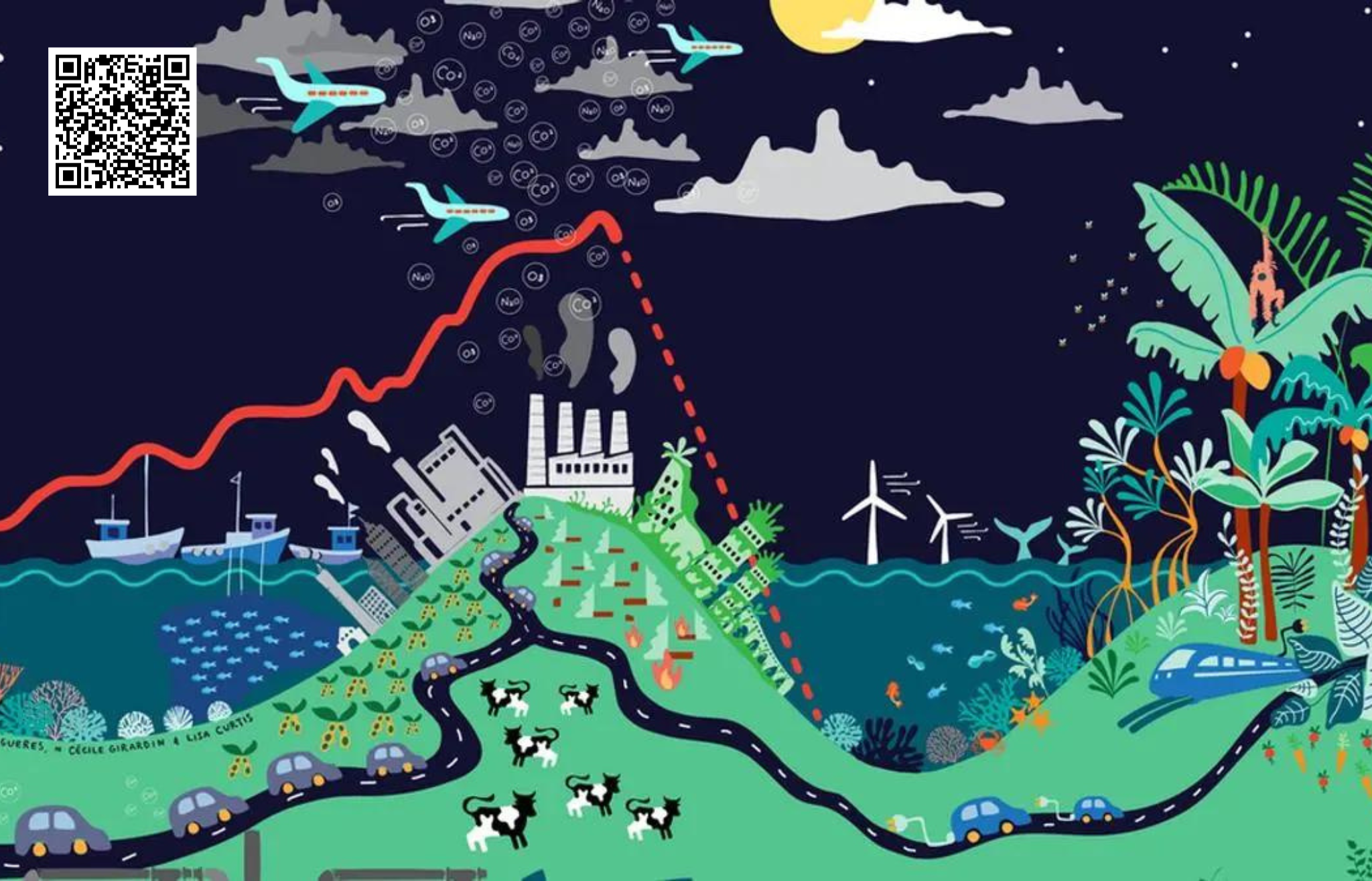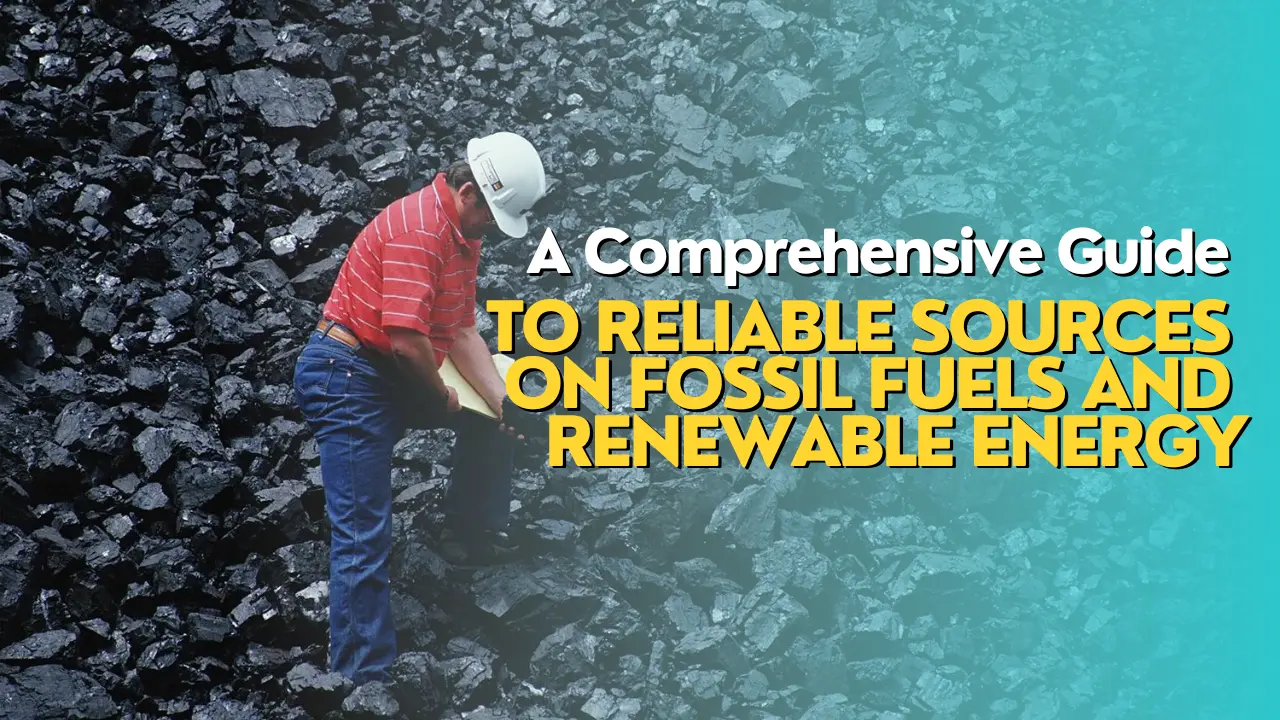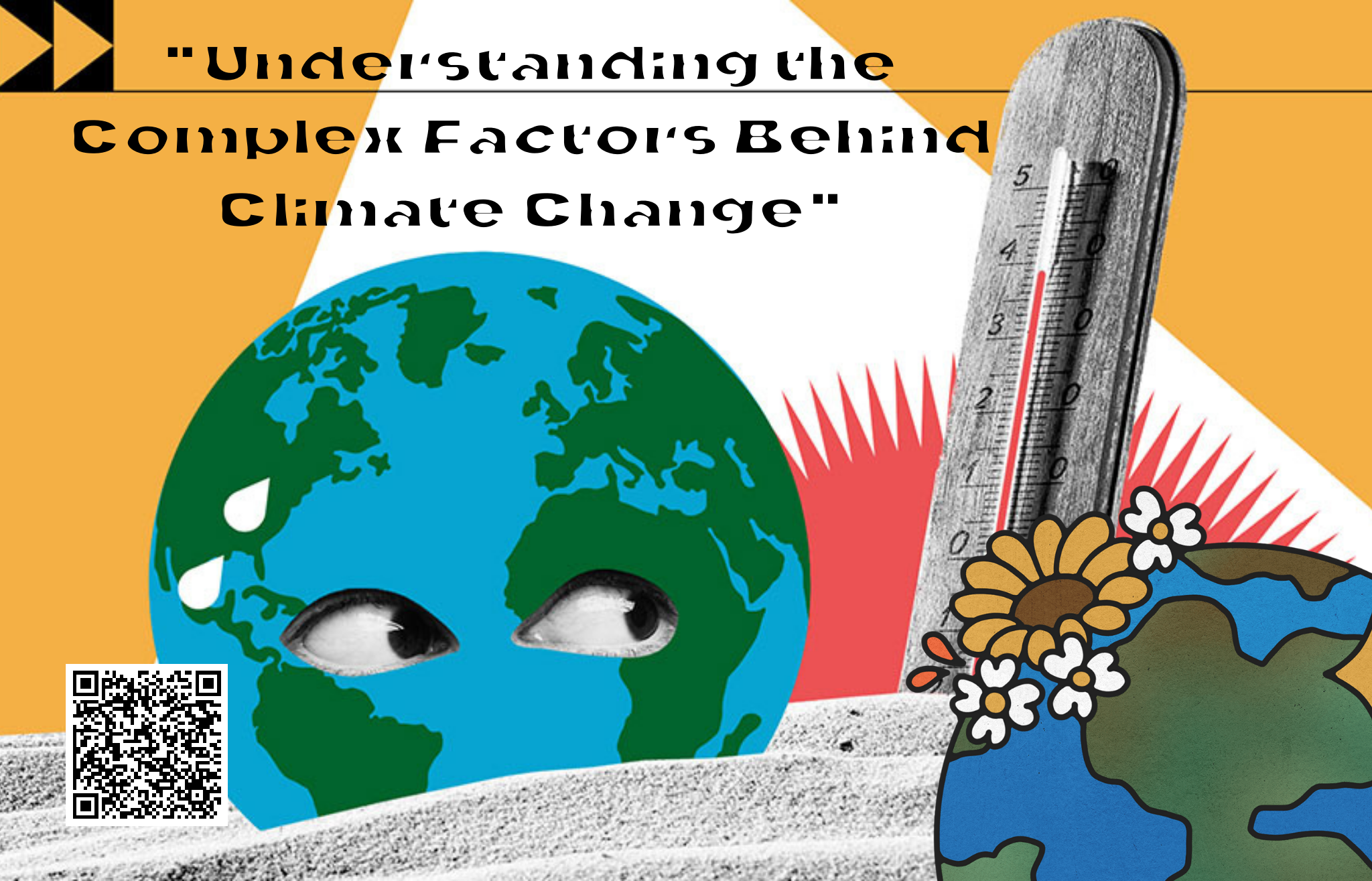
Maintaining the balance of nature is crucial for the well-being of the planet and all living organisms that inhabit it. This balance refers to the ecological equilibrium where various species and natural processes coexist and interact in a way that sustains the health of ecosystems. Here are some key principles and actions to help maintain the balance of nature:
“UNDERSTANDING ACID RAIN: CAUSES, EFFECTS, AND SUSTAINABLE SOLUTIONS”
- Biodiversity Conservation:
- Protect and preserve the diversity of species and ecosystems. Biodiversity is essential for ecosystem stability and resilience.
- Sustainable Resource Management:
- Practice sustainable agriculture, forestry, and fisheries to ensure that natural resources are used without depleting them or causing long-term harm to ecosystems.
- Habitat Preservation:
- Protect and restore natural habitats, including forests, wetlands, and coral reefs, to provide safe and suitable environments for wildlife.
- Reduce Pollution:
- Minimize the release of pollutants into the air, water, and soil. Pollution can disrupt ecosystems and harm both wildlife and human health.
- Climate Change Mitigation:
- Address climate change by reducing greenhouse gas emissions. Climate change has profound impacts on ecosystems and can disrupt natural balance.
- Invasive Species Control:
- Manage and control invasive species that can disrupt native ecosystems and outcompete or prey upon native species.
- Conservation Education and Awareness:
- Educate the public about the importance of nature conservation and the role individuals can play in protecting the environment.
- Environmental Legislation and Policy:
- Enforce and strengthen laws and regulations that protect the environment. Governments and international bodies play a crucial role in setting and enforcing environmental standards.
- Ecosystem Restoration:
- Engage in ecosystem restoration projects to rehabilitate damaged or degraded ecosystems, such as reforestation, wetland restoration, and coastal rehabilitation.
- Sustainable Development:
- Promote sustainable urban planning and development practices that consider the impact on local ecosystems and biodiversity.
- Responsible Consumer Choices:
- Make environmentally conscious choices as consumers by supporting sustainable products, reducing waste, and conserving resources.
- Community Engagement:
- Encourage community involvement in conservation efforts. Local communities often have a deep understanding of their natural surroundings and can contribute valuable knowledge and efforts.
- Scientific Research:
- Support and conduct scientific research to better understand ecosystems and their dynamics. This knowledge can inform conservation strategies.
- International Cooperation:
- Collaborate with other countries on international conservation agreements and initiatives, as many environmental challenges are global in nature.

- Ecosystem-Based Management:
- Implement ecosystem-based management approaches that consider the entire ecosystem when making decisions about resource use and conservation. This approach recognizes the interconnectedness of species and habitats.
- Sustainable Agriculture and Food Systems:
- Promote sustainable farming practices that prioritize soil health, reduce the use of chemical inputs, and minimize habitat destruction. Support local and organic food systems to reduce the environmental impact of food production.
- Urban Green Spaces:
- Create and protect green spaces within cities, such as parks and urban forests. These areas provide habitats for wildlife, improve air quality, and enhance the quality of life for urban residents.
- Nature-Based Solutions:
- Explore and implement nature-based solutions to address environmental challenges, such as using natural wetlands for flood control, restoring mangrove forests for coastal protection, and rebuilding urban areas.
- Citizen Science:
- Encourage citizen science initiatives where members of the public can actively participate in collecting data and monitoring local ecosystems. This can contribute valuable information for conservation efforts.
- Circular Economy:
- The transition towards a circular economy where products and materials are reused, recycled, or repurposed to minimize waste and reduce the extraction of raw resources.
- Ethical Wildlife Tourism:
- Promote ethical and sustainable wildlife tourism practices that do not harm or disrupt natural ecosystems. Responsible tourism can generate income for conservation efforts.
- Green Infrastructure:
- Incorporate green infrastructure, such as green roofs, permeable pavement, and urban forests, into urban planning to improve environmental resilience and biodiversity in cities.
- Traditional Ecological Knowledge:
- Recognize and respect the traditional ecological knowledge of indigenous communities and local peoples, as they often hold valuable insights into sustainable resource management.
- Rewilding:
- Consider rewilding efforts to reintroduce native species and restore natural processes in areas where ecosystems have been severely degraded.
- Environmental Education:
- Integrate environmental education into school curricula and community programs to raise awareness and foster a sense of responsibility for the natural world.
- Corporate Sustainability:
- Encourage businesses to adopt sustainable practices, reduce their environmental footprint, and invest in eco-friendly technologies and supply chains.
- Nature Reserves and Protected Areas:
- Establish and maintain well-managed nature reserves and protected areas to safeguard critical habitats and provide safe havens for wildlife.
- Green Technology and Innovation:
- Support research and development of green technologies and innovative solutions that reduce environmental impact and promote sustainability.
- Legal Advocacy:
- Engage in legal advocacy and support organizations that use legal means to protect natural environments and hold polluters accountable.
- Long-Term Planning:
- Adopt a long-term perspective when making environmental decisions, recognizing that the consequences of actions taken today can affect future generations.
25 Common Foods and Factors That Can Trigger Acid Reflux
Maintaining the balance of nature requires a collective effort and a commitment to sustainable living, conservation, and responsible stewardship of the planet’s resources. By embracing these strategies and principles, individuals, communities, governments, and organizations can contribute to the preservation of the Earth’s natural balance and the well-being of all living beings.






Hello. excellent job. I did not expect this. This is a splendid story. Thanks!